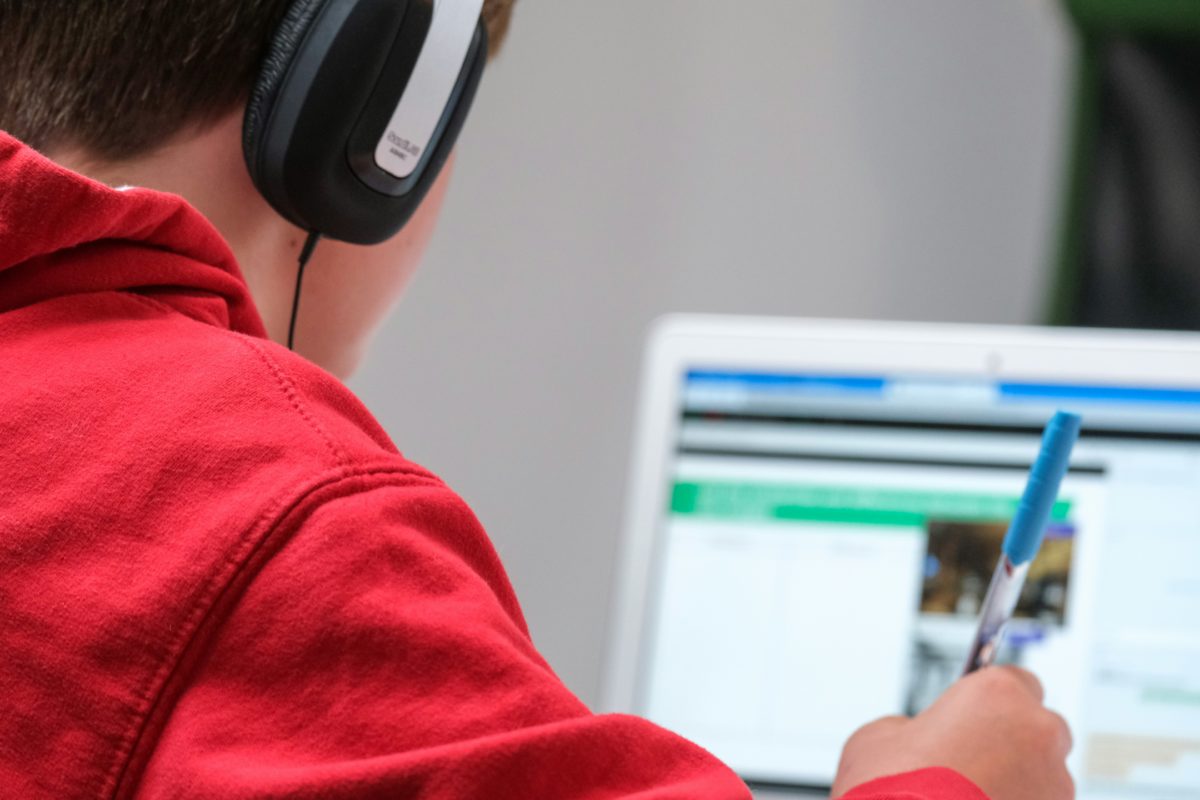Artificial Intelligence in Education: Keys, uses and advantages

Artificial Intelligence, commonly known as AI, has penetrated all aspects of modern life, and education is no exception. In recent years, it has transformed the way we learn and teach, opening up a world of possibilities in teaching. In this article, we shall explore the keys, uses and advantages of AI in education.
Keys to Artificial Intelligence in Education
AI in education is based on a number of fundamental keys which make it a useful tool for both teachers and students. Some of the functions it offers us are: personalization of learning, detection of learning difficulties and the automation of administrative tasks. Below, we explore the keys in more detail:
- Personalization of learning: One of the main keys of AI in education is its capacity to personalize learning. AI systems can analyse the progress and individual needs of each student, tailoring the content and pace of learning depending on their skills. This affords each student the chance to progress at their own pace, allowing them to focus on their skills and thus maximise their potential.
- Detecting learning difficulties: Artificial Intelligence plays an important role in the early detection of learning difficulties. Algorithms are able to identify patterns of performance that indicate problems, allowing for a personalized intervention to help students overcome their difficulties.
- Access to global educational resources: Another use of AI in education is that it provides access to a wide range of educational resources. For example, chatbots and virtual assistants provide students with information and can help settle doubts and offer recommendations on courses, course materials, etc. All this helps achieve quality education.

Uses of artificial intelligence in education
AI has been integrated into various aspects of education. It is a reality. From virtual tutoring to automated assessment. Each of these uses of AI helps contribute to improving the efficiency and quality of education in a unique fashion. Below are some of the uses we would highlight:
- Virtual tutoring: Virtual tutorials promoted by AI are revolutionising personalized tutoring. These systems can provide detailed explanations, solve doubts and help students to understand any concept. Moreover, they are available 24 hours a day, 7 days a week.
- Online Learning Platforms: These learning platforms are used to recommend courses and materials based on each student‘s learning history . They help them choose courses to suit their interests and career goals.
- Automated Assessment: AI is used to automatically and accurately assess assignments and exams. This mechanism saves teachers’ time and allows for faster feedback for students.
Advantages of Artificial Intelligence in education
At this point, some of the advantages afforded by AI in education are:
- It allows you to store and analyse the data on each student with an aim to assessing the methods or tools to be used with each student, thus ensuring a more effective learning process.
- Teachers are more agile in more mechanical tasks such as correcting exams. This way, they can spend more time on specific, individualized tasks.
- Another advantage is that it offers very up-to-date content, as new information can be incorporated into the database which AI is subsequently responsible for analysing and processing so that it can be used in a productive fashion.
- It prepares students for a future marked by new technologies in which concepts such as robotics, augmented reality, industry 4.0, among others, will be fundamental. The use of artificial intelligence in education allows students to get used to learning technologies and a new educational scenario from an early age.

Success Stories
Having analysed the keys, uses and advantages of AI in education, we understand that the combination of education and artificial intelligence implies more advantages than disadvantages. Below, we look at some projects that are already implementing it:
- DUOLINGO: One of the most well-known platforms for language learning, it has also launched its own artificial intelligence system in education. Thanks to its bots, students can learn another language without the need for a human tutor.
- EDUBAND: Eduband is an initiative developed by Carnegie Mellon University in Pittsburgh in Pennsylvania. This project uses AI in secondary education so that teachers can apply work methodologies based on students’ reactions in order to boost the disciplines in which the student has the best aptitudes.
- PEARSON & WATSON: It is artificial intelligence designed by IBM. It partnered with Pearson, a company dedicated to the development of products for digital learning in order to develop a project that would offer students a more immersive experience. This project was carried out in Spain under the name“Watson goes to class”.
In conclusion, AI in education is revolutionizing the teaching world by offering personalization, instant feedback, and global access to educational resources. As we continue to explore and develop this technology, it is essential that we carefully consider its impact and ensure that it is used ethically and equitably to benefit all students and teachers.






